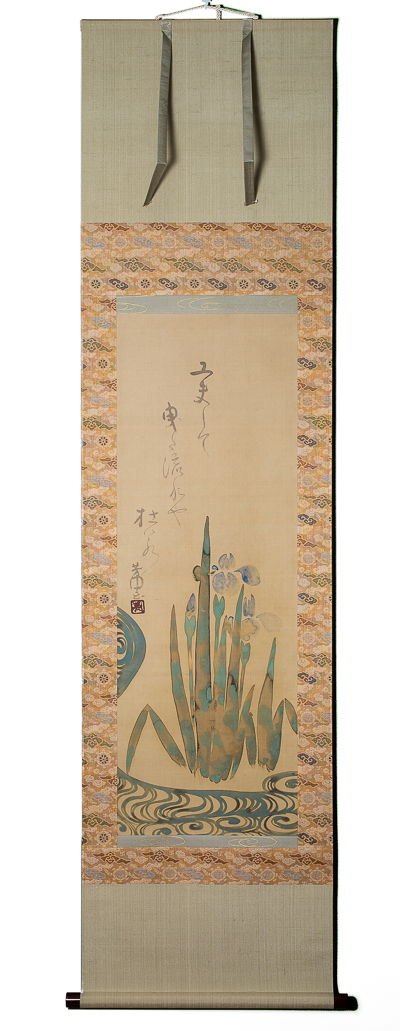Six things to know about Japanese painting

Authenticity matters
Given that Japanese traditional painters learned their craft by copying earlier masters, it can be very difficult to distinguish an original from a copy, especially if the work is very old. Even if the artist was not deliberately creating a fake, the copy might have been confused with an original at some point. As a result, even experts have a difficult time guaranteeing authenticity.
Find an artist or style that truly resonates with you
Japanese paintings come in a variety of styles. Some are monochrome, and others are very colored. Some are made in the literati style, meaning that they tend to use expressionistic brushwork and were painted as an expression of personal creativity. Others are made in a more meticulous style, utilizing very precise details to appear much more decorative. Zen paintings tend to be simple and accompanied by calligraphies.
To focus one’s collecting interests, it is advisable to find the style that speaks most strongly to you, whether it is bold and expressive or quiet and detailed. Then, you can focus on a few artists who work in that milieu, and get to know their works intimately. In doing so, you can develop your eye and taste for an artist’s style that harmonies with your own.
Learn the artist’s history or biography
The most prized Japanese traditional paintings are those that reveal the artist’s personality and character. It is believed that an evil person cannot make a fine work of art. To really understand an artist’s works, it helps to learn his or her biography, and about the times in which the artist lived. The vehicle through which an artist communicates is ultimately the brushwork. Are his or her strokes bold and sure, or are they nuanced and restrained? Did he or she use many strokes of different kinds, or just a few, brilliantly placed?
Consider lesser-known artists
A true collector of Japanese painting shouldn’t worry too much about celebrated names. Instead, it is sometimes better to follow your instinct when collecting, and buying something that delights you.
Check the condition
Almost any work made in pre-modern times will have gone through some repairs. Traditionally, Japanese paintings are only taken out and viewed on special occasions, which serves to preserve their condition. Otherwise, they are kept in storage. Paper is a fragile material and often wormholes, worn areas and traces of folds need to be restored.
Visit the paintings in public collections
There’s great value for a collector in building a visual database of various examples. For that, it is necessary to go to see paintings in person. Visiting museums and looking at masterpieces is the best way to learn about art and to form your own taste.
Copyright © 2016 - giuseppe piva - VAT: 05104180962

